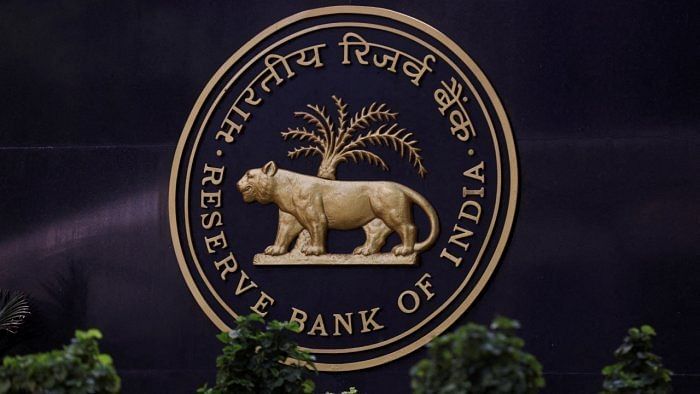
As was widely expected, the Reserve Bank of India (RBI)'s rate setting Monetary Policy Committee (MPC) has chosen to keep the central bank's key lending rate i.e. the repo rate, unchanged at 6.5 percent.
Since its last policy announcement (in April) when the RBI hit the pause button on its rate hike cycle, the inflation prints showed a drop in consumer price index (CPI) inflation to a 15-month low of 5.7 percent in March, and an 18-month low of 4.7 percent in April. This would have given comfort to the RBI that its cumulative rate hikes of 2.5 percent over the past one year is producing results with a lag. However, two emergent factors may impede the transmission of monetary policy, and make it difficult for the RBI to bring down the inflation rate to its 4 percent target.
First, the banking system is enjoying surplus liquidity of over Rs 1.75 trillion as on end-May thanks to high government spending and a resurgence in foreign portfolio investments. Banks being flush with liquidity means they are less dependent on the RBI's monetary policy signals, and are happy to carry on lending, making it difficult to fight inflation through monetary tightening.
The withdrawal of Rs 2000 currency notes from circulation has created Rs 1.5 trillion of fresh deposits with banks. There is evidence to suggest that a surge in bank deposits can lead to higher credit growth in the subsequent periods. The inflationary impact of this liquidity surge needs to be pre-empted.
The RBI has resorted to variable rate reverse repo operations to mop up liquidity, and has declared in its latest policy that its withdrawal of accommodation will continue which can be interpreted as a mildly hawkish tone. Second, the impact of the Monsoon remains unclear. Even though the India Meteorological Department (IMD) declared the arrival of the South-West Monsoon coincidentally at the same time as the RBI Governor was announcing the monetary policy, the Monsoon is late by a week. Its delayed progress might hurt the prospects of the winter crop, and the RBI has acknowledged that the inflation trajectory is going to be driven by food price dynamics.
Clearly, there are upside risks to inflation. The RBI has projected a CPI inflation of 5.1 percent for 2023-24, and the quarterly projections show that prices will harden over the subsequent quarters, particularly as the advantage of a low base wears off in the third quarter. As the inflation rate moves further away from the 4 percent target, one would normally expect the RBI to raise the repo rate. But ever since the Covid-19 pandemic, we have seen that the RBI has been sensitive to the growth needs of the economy.
Though the monetary policy statement is bullish on growth, this optimism is on the back of strong performance of high frequency indicators of urban demand such as four-wheeler sales, air passenger traffic and consumer credit. Rural demand has been sluggish as evidenced by poor sales of two-wheelers and tractors and depressed rural wages and job growth. So, the RBI's rate pause along with withdrawal of accommodation means that the central bank will continue to mop up liquidity from the system to ensure that the past hikes and tightening liquidity conditions prevent lending rates from dipping.
Even while the Governor has quoted Mahatma Gandhi to say that "the ideal must not be lowered" in deference to the 4 percent inflation target, the RBI is unwilling to raise the repo rate to meet the ideal. It seems that while the RBI remains concerned about inflation, it does not want to sacrifice growth at the altar of the inflation mandate.
(Rudra Sensarma is Professor of Economics, Indian Institute of Management Kozhikode. Twitter: @RudraSensarma. Views are personal.)
Disclaimer: The views expressed above are the author's own. They do not necessarily reflect the views of DH.